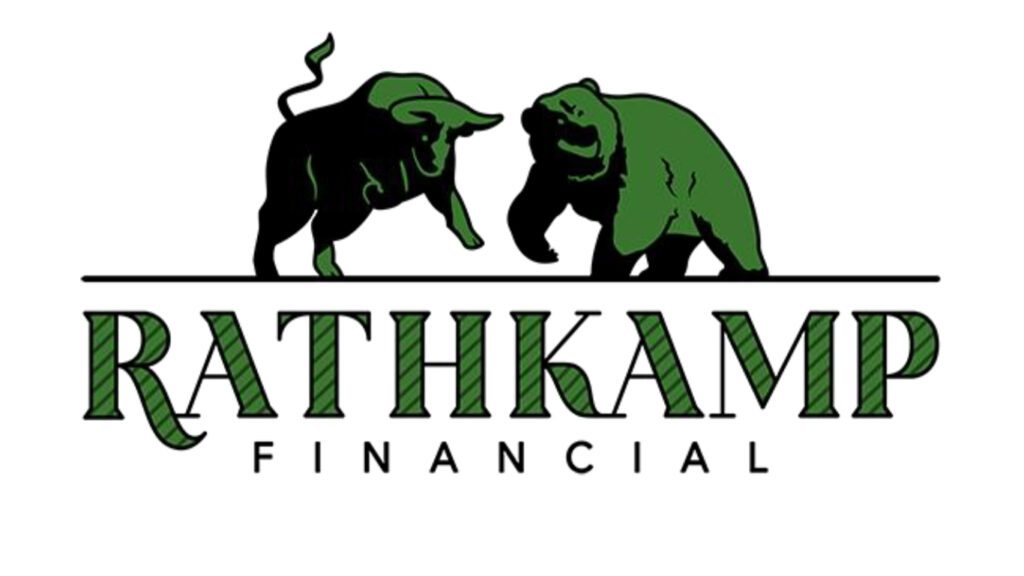Article Presented By Rathkamp Financial…
(Southern Ohio) — Fourteen rural Ohio school districts, and their corresponding counties and townships, will share more than $2.1 million from the Ohio Department of Natural Resources (ODNR) Division of Forestry’s Trees to Textbooks program—which distributes revenue from the harvest of timber within Ohio’s state forests.
The Division of Forestry visited the Northwest Local School District and the Vinton County Local School District to deliver checks to school administrators and talk to the students about the importance of trees and forest fire prevention.


Smokey Bear visits Ohio schools for Trees to Textbooks events.
“Our state forests have a very important educational, economic, and recreational value,” ODNR Director Mary Mertz said. “Sharing that with schools, by both contributing to their programs and providing a fun learning experience, emphasizes the importance of these natural resources for future generations of Ohioans.”

ODNR Director Mary Mertz joins Division of Forestry staff to present a Trees to Textbooks check to Northwest Local Schools in Scioto County.
Since the Trees to Textbooks program started in 1999, the Division of Forestry has shared more than $39 million with Ohio school districts and local governments.
“Trees to Textbooks is a fantastic program that allows the Division of Forestry to give back,” Division of Forestry Chief Dan Balser said. “Each year we are pleased to distribute funds to the communities connected to our forests. This benefits local educators and helps students thrive.“

ODNR Division of Forestry presents a Trees to Textbooks check to Vinton County Local Schools.
The Division of Forestry is responsible for the care of more than 200,000 acres of state forests. State forestry experts manage these woodlands for overall health and diversity, soil and water conservation, improved wildlife habitat and a variety of recreational opportunities.
Selected trees or areas of woodland are harvested by certified private logging companies through a competitive bid process, which includes requirements for sound management practices. All work is conducted by certified master loggers under strict monitoring.



More Stories
Chillicothe Utilities Department Announces Marietta Road Project
Appalachia Grant Monies: Oh, Happy Day!
DeWine Announces Transformative $154 Million Investment in Appalachian Downtowns and Destinations